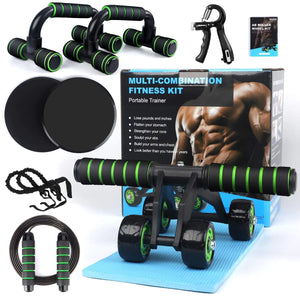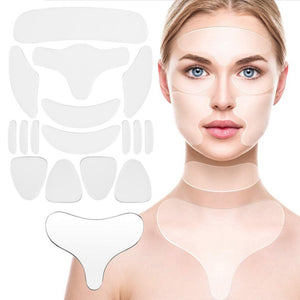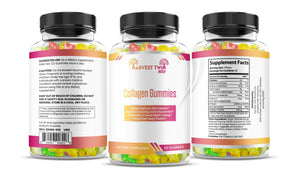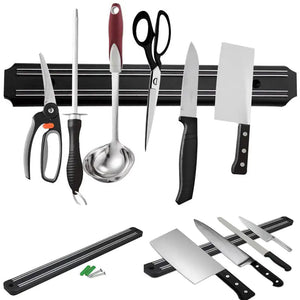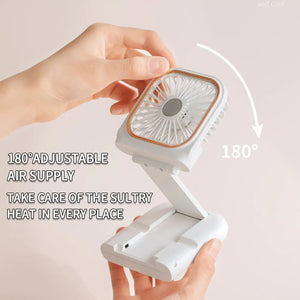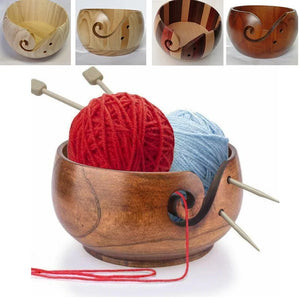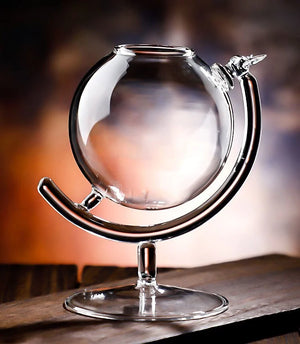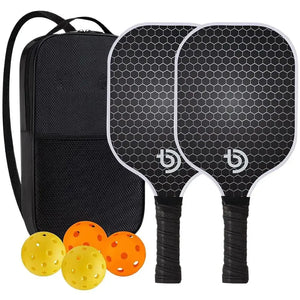
In the hustle of daily life, carving out time for fitness can feel like another job. Between family, work, and everything else, many people simply don’t lift weights, not because they don’t want to, but because they believe they don’t have the time or knowledge to do it right.
However, new research challenges that notion, offering a surprisingly encouraging answer to the question:
How little weight training can we get away with and still see results?
The staff here at Nifty Cool Stuff – our online lifestyle store – has found that according to a recent study published in Medicine & Science in Sports & Exercise, just two 30-minute resistance training sessions per week – a total of one hour – can significantly improve muscle strength and size.
That’s it.
No complicated routines, no multi-hour gym commitments, just a few exercises, twice a week.

The Power of Simplicity
The study, led by exercise scientist Brad Schoenfeld from Lehman College, focused on efficiency.
Researchers designed a workout using nine familiar upper and lower body exercises like squats, lat pulldowns, and biceps curls. Each participant performed just one set of 8 to 10 reps per exercise, stopping when their muscles were tired but not necessarily exhausted.
This minimalist routine defied expectations. Over just eight weeks, participants gained strength and muscle mass, regardless of whether they pushed themselves to muscle failure or stopped just short.

The key takeaway? You don’t need to hit the gym five days a week or lift until you drop. You just need consistency and moderate effort.
Why Mini-Workouts Matter
The Centers for Disease Control and Prevention (CDC) recommends regular muscle-strengthening activities to support overall health. Strong muscles reduce the risk of chronic conditions like diabetes, arthritis, and osteoporosis, and they help guard against frailty and premature death

Despite these benefits, only about 20% of American adults regularly do any strength training.
The main barrier? Time.
This study directly addresses that concern. “We were interested in finding the minimum effective dose,” Schoenfeld explained. And the answer – a mere hour per week – makes strength training more accessible than ever.

Who Can Benefit?
The study involved healthy adults aged 18 to 40 who already had some experience with resistance training. Even so, their strength improved with this pared-down approach.
This suggests that even moderately trained individuals can benefit from shorter, focused workouts.
While the study didn’t test older adults or complete beginners, Schoenfeld believes the results are “quite likely” to apply more broadly. Future studies are planned to confirm this. For now, it’s a safe bet that nearly anyone capable of lifting can see gains from a minimalist approach.

Getting Started without the Intimidation
One of the myths that prevents many from starting resistance training is the fear that it’s overly complicated. Talk of “reps,” “sets,” and “loads” can be overwhelming.
But this research makes the process feel manageable. The actual exercises used in the study are common in most gyms, and many can be substituted with bodyweight versions like push-ups or pull-ups.
If you’re new to lifting, a few sessions with a trainer can help you learn proper form and choose suitable exercises. But once you know the basics, it’s easy to follow a two-day-a-week plan that hits all major muscle groups in under 30 minutes per session.

Consistency Over Perfection
Perhaps the most reassuring insight from the study is that you don’t have to be perfect.
Whether you train to muscle failure or leave a few reps in reserve, the improvements are still there. You just have to show up regularly and challenge your muscles.
Even the scheduling is flexible. Schoenfeld recommends spacing workouts by at least one day, but the exact days don’t matter. Whether it’s Monday and Thursday, or Sunday and Wednesday, the key is to find a consistent rhythm that fits your life.

The Bottom Line: One Hour Is Enough
In a world obsessed with extremes – ultra-marathons, boot camps, and hour-long HIIT sessions –this study is a refreshing reminder that small, sustainable efforts can yield big health benefits.
If you can find just one hour a week to lift weights, you can build strength, support your long-term health, and protect yourself from disease.
As Schoenfeld puts it, “The message, I think, is to find one hour somewhere in your week.” That one hour might be the simplest, most effective investment you make in your health.
Getting Started: Here’s a Sample Workout
The staff at Nifty Cool Stuff would like to suggest a simple two-day resistance training plan based on the study’s structure.
Each session takes about 30 minutes and covers all major muscle groups. You’ll do one set of each exercise for 8–10 reps, using enough weight (or resistance) that the last few reps feel challenging, but you’re not completely wiped out.

🔹 Day 1: Upper Body Focus
- Lat Pulldown (or Assisted Pull-Up)
- Muscles: Back, biceps
- Tip: Pull the bar to your upper chest, not behind your head.
- Seated Cable Row (or Dumbbell Rows)
- Muscles: Back, rear shoulders, biceps
- Tip: Keep your spine neutral, avoid leaning too far back.
- Shoulder Press (Dumbbells or Machine)
- Muscles: Shoulders, triceps
- Tip: Lower weights to just below chin level, press up in a straight line.
- Chest Press (Dumbbells or Machine)
- Muscles: Chest, shoulders, triceps
- Tip: Press evenly with both arms, avoid flaring elbows too wide.
- Biceps Curl (Dumbbells or Cable)
- Muscles: Biceps
- Tip: Keep elbows close to your sides, avoid swinging.
- Triceps Pushdown (Cable or Overhead Dumbbell Extension)
- Muscles: Triceps
- Tip: Lock upper arms at your sides, only move forearms.

🔹 Day 2: Lower Body & Core Focus
- Leg Press (or Bodyweight Squats)
- Muscles: Quads, glutes, hamstrings
- Tip: Push through your heels and don’t lock your knees at the top.
- Leg Extension (or Step-Ups)
- Muscles: Quads
- Tip: Use slow, controlled movement. Don’t swing the weight.
- Smith Machine Squats (or Goblet Squats)
- Muscles: Quads, glutes, hamstrings
- Tip: Keep your chest up, knees tracking over toes.
- Plank (Hold for 30–60 seconds)
- Muscles: Core
- Tip: Keep your hips level and avoid sagging.
- Russian Twists (Bodyweight or with Dumbbell) – 15 reps per side
- Muscles: Obliques
- Tip: Keep spine tall and twist through the torso.

✅ How to Progress:
- Start with light to moderate weights. When 8 reps feel too easy, increase the weight slightly.
- Aim for 8–10 reps per exercise, but 6–12 is also fine if you’re using challenging resistance.
- Rest 30–90 seconds between exercises.
- Stick to it 2x per week, leaving at least one day between sessions (e.g., Tuesday & Friday).
The quality products you've seen here are all available in the Equipment section at Nifty Cool Stuff. Some of them will be useful for these workouts, while others will surely assist you in others. Feel free to give us a click and see what works for you.









